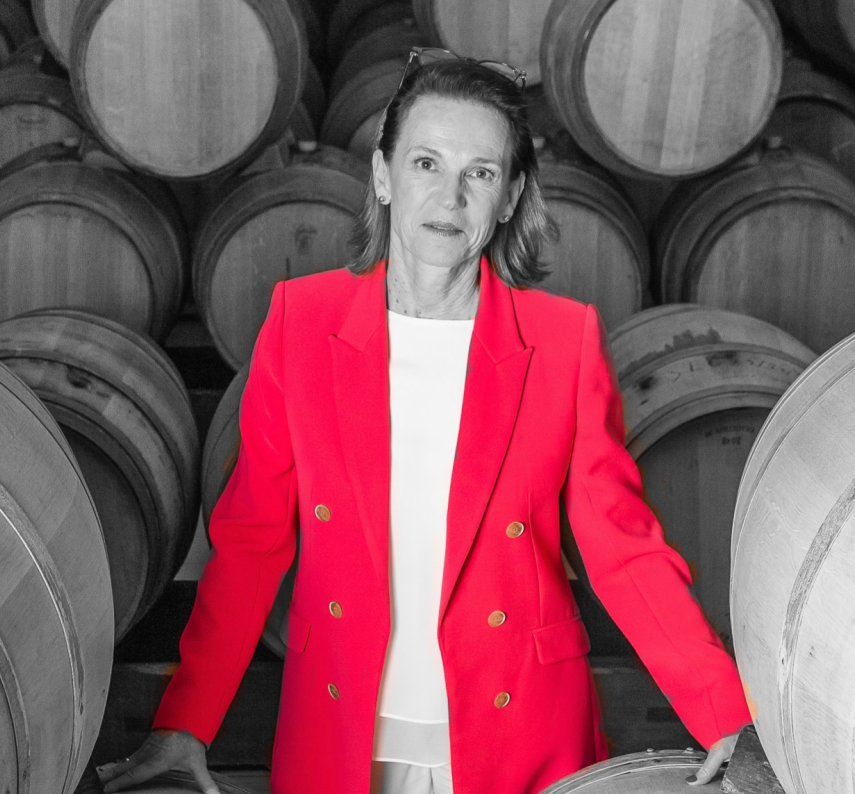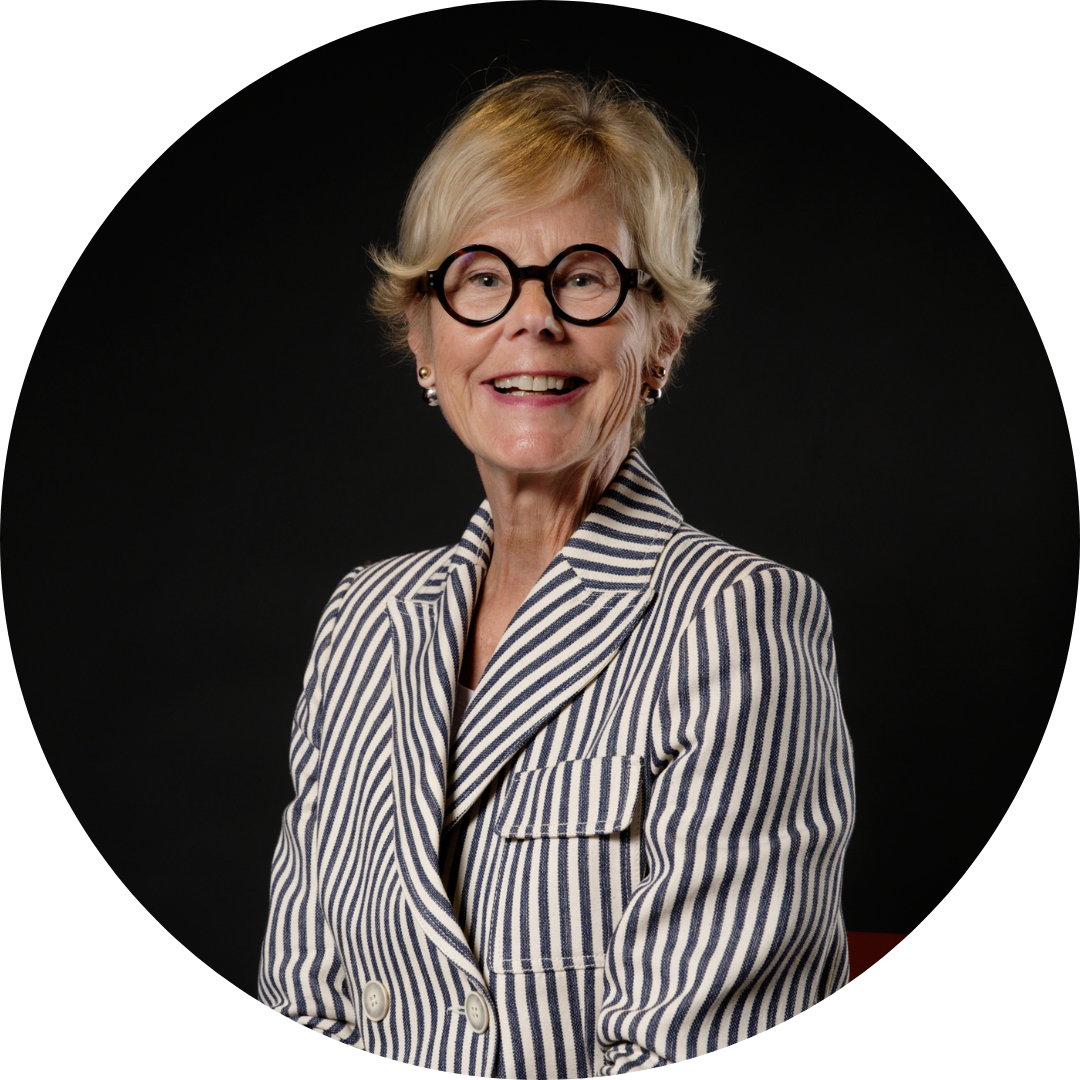Lise Latrille
Managing Director in post since 2000
Château Prieuré Lichine
4th Grand Cru Classé
Margaux
Gerda: Tell us about yourself…
Lise Latrille: I joined Château Prieuré-Lichine at the beginning of 2000, shortly after it was acquired by the Ballande family at the end of 1999. My background is deeply rooted in the world of wine. As a family, we owned two wine estates in Jurançon. My children’s father is also a winegrower on the right bank of the Saint Emilion satellite appellation. I started my career working alongside Jean-Michel Cazes at Château Franc Mayne, when he was in charge of the AXA Millésimes estates. I spent a decade there before joining the Prieuré-Lichine team.
My passion for wine is undeniable, fuelled by an insatiable appetite and a fascination for the harmony between food and wine. I see wine as a noble material, captivated by the way it brings people together around a table. Wine holds an incredible power for me.
G: What are the main challenges you face personally in your job?
LL: My main challenge at the moment is in the commercial field: how do you effectively convey positive messages and explain the distinctive features of Prieuré-Lichine when we’re all evolving in the world of Crus Classés where the quality level is very high. This quality is almost taken for granted, which does not really constitute a differentiating advantage over other crus. So, determining the best way to shape the estate’s identity and enhance the brand’s desirability both in France and internationally remains a central question. Margaux is an appellation with the largest number of Crus Classés. The question is therefore how to find my place within this large family, not by opposing the others, but by highlighting our particularities and communicating this message effectively.
Prieuré-Lichine has one of the oldest histories in the Margaux appellation. Originally created by Benedictine monks, the estate remained in the hands of the Church even after the French Revolution. Its expansion was mainly due to the efforts of Alexis Lichine, who made several acquisitions and exchanges of plots. We benefit from a veritable mosaic of soils spread over the five communes of the appellation, a characteristic that few other crus can claim. This wide variety of terroirs gives our wine its complexity and distinctive style.
We have to develop actions to make the estate shine, while preserving its fundamental identity: being an accessible wine in the noble sense of the term. This philosophy has not changed since the days of Alexis Lichine, and we must continue to follow it.
Harvest 2023
G: Can you give me a memory of the 2023 harvest?
LL: This year, we placed particular emphasis on the cohesion of our team. The harvest was a time of reunion, marked by enthusiasm and pleasure. The atmosphere was one of solidarity, a feeling we hadn’t always experienced in the past. Despite the challenges and stresses of the season, the favourable weather enabled us to manage the harvest without haste. The harvest went smoothly, without the rush.
Nonetheless, we had to contend with heavy pressure from mildew, and I’d like to pay tribute to the teams that have been in place for a long time, whose experience paid off. We were able to avoid the pitfalls by intervening at the right times without compromising the potential of the harvest. The unwavering dedication of our teams has been remarkable. Whatever the time of day or the proximity of the weekend, they were there to defend this vintage. Hats off to them!
However, when faced with this type of situation, it’s important to remain humble, because it doesn’t take much for the situation to change. On the whole, we did a good job of protecting our Merlot vines, which are often more vulnerable to mildew attacks. We also attach some importance to the presence of Petit Verdot in our blend, at around 5%. This grape variety has really made a difference over the last few vintages, bringing dynamism, energy, freshness and a characteristic saline note to our wine.
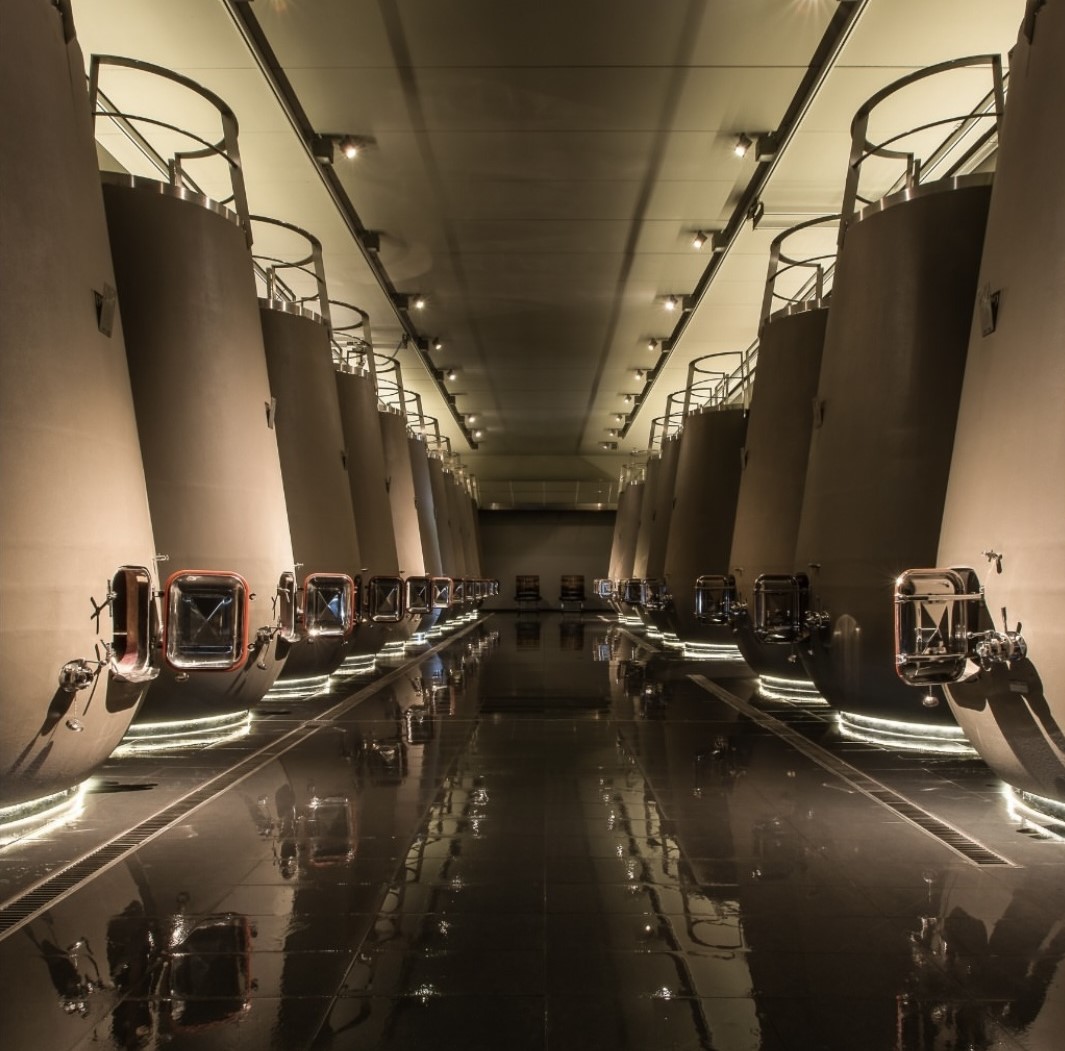
The Prieuré Lichine brand today and tomorrow
G: What positioning(s) would you like to see for Château Prieuré Lichine?
LL: If I could make one wish come true, I would like Prieuré-Lichine to become “THE” benchmark for excellence in Margaux. Of course, there are other prestigious labels, but I would like Prieuré-Lichine to embody for consumers the very essence of what a Margaux wine should be.
G: Could you describe how Prieuré Lichine stands out and becomes unique?
LL: Delicacy is really a distinguishing feature of Château Prieuré Lichine. Finesse does not necessarily imply a lack of depth or density. It’s more a perception of silky, enveloping touches, of an elegant, velvety, powdery character of the tannin. The Prieuré-Lichine vineyards are spread over five communes with a wide variety of terroirs, making them unique in the appellation. The Merlots in Arsac and the Cabernets in Labarde do not behave in the same way as those in Soussans.
Our new winemaking equipment allows us to express this great diversity of parcels by harvesting each grape variety and each parcel at its optimum quality, and to mature the grapes without compromising their ripeness. It is thanks to the complementarity of all these different terroirs that the expression of Prieuré-Lichine stands out.
It is also thanks to Stéphane Derenoncourt and his team, in particular Julien Lavenu, his partner, that we have been able to achieve this level of precision. Stéphane is always on hand during blending and when crucial decisions have to be made. Prieuré-Lichine was his first property on the Left Bank as a consultant. He was instrumental in planning the restructuring of the vineyard. For me, he perfectly embodies the ‘Burgundian’ spirit. He always instils that notion of precision, definition and finesse built around a fruity aroma. His experience in different countries and terroirs is extremely enriching for us. They help us to think about how to extract the best without compromising our identity, by seeking harmony and the best possible expression of the diversity of our terroirs.
We have a core group who produce the Grand Vin every year, and we strive to maximise the performance of the second circle. It’s a long and exciting process. I think we need to go even further in the notion of precision, to continually improve it and make it more obvious to the consumer. When they taste a bottle of Prieuré-Lichine, they should instantly recognize it as genuine Prieuré-Lichine from Margaux For me, that’s the best kind of recognition. It’s not a question of exuberant power from the outset, but rather of general harmony, an overall balance with tasty, fine and elegant finishes.
G: You introduced me to the Château Prieuré Lichine white wine. How long have you been making it?
LL: Sacha Lichine inaugurated our white wine in 1993, a classic blend of Bordeaux dry whites with a predominance of Sauvignon Blanc (70%) and Sémillon (30%). For this white wine, as well as our second wine, Confidences de Prieuré-Lichine, we have implemented a pricing policy designed to reassure both the customer and the end consumer. Of course, there may be some variations in price depending on the vintage. But it’s essential to be consistent with this development, while avoiding sowing doubt in the customer’s mind. We want them to be sure of the positioning of this type of label.
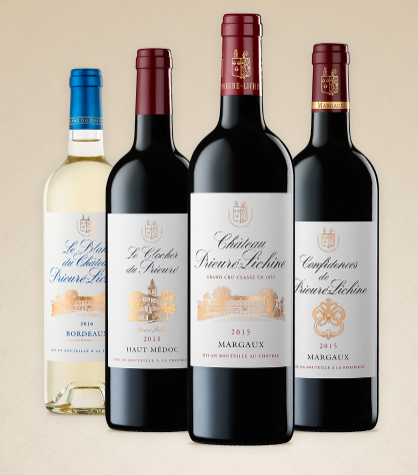
G: Which of your recent achievements would you like to share with customers?
LL: We are proud to welcome the public 7 days a week for 9 months of the year, a tradition that we have always maintained. This initiative, launched by Alexis Lichine, was revolutionary at the time. In the 50s and 60s, it was rare for a Grand Cru to open its doors. This practice is essential, as it allows us to raise awareness and educate the end consumer about the profile of our wines and the world of Crus Classés.
G: What future projects are you working on at the moment (technical, marketing or sales)?
LL: We’re currently involved in developing our white wine. In addition, we’re working on two projects relating to hospitality, to give our brand even more resonance and to immerse you more fully in the world of Crus Classés. This is a very effective way of promoting our brand and building customer loyalty. In addition, for our second wine, we are in the process of implementing a substantial overhaul of our packaging. We were among the first to adopt a fully-automated six-pack cardboard box model. We are also working on inserting communication media inside these boxes to tell our story. All this allows us to go even further in conveying our message.
G: Where does your property stand in terms of “ecological transition”?
LL: When we talk about ‘ecological transition’, we instinctively think of the use of plant protection products and the positioning in relation to AB or biodynamic farming. However, it goes far beyond these aspects. It involves examining each stage of the process and thinking about ways to reduce its impact. The most recent initiative is the use of lightweight bottles for our Second Vin and Haut-Médoc, which reduces our carbon footprint without altering the aesthetics of the bottle. We have been HVE 3 (High Environmental Value level 3) certified since the 2018 vintage. To date, we have not opted for organic certification, as you have to farm the entire estate organically to be certified. However, some of our particularly fragmented parcels of land are cultivated using organic methods, in particular those near schools, for example.
The business
G: What are your priorities in terms of sales development?
LL: We’re trying to better undertand our customers’ expectations, so we need to be much closer to our partners, the negociant and their teams. This relationship needs to be fluid, dynamic and full of enthusiasm to help market the Château.
I’m particularly like the word ‘enthusiasm’, because wine is a festive product. The negociant is the first link in the chain. The more we understand about how they distribute their wines, the better we can help them promote the Prieuré-Lichine brand.
My contacts with distributors, trade customers and end consumers are vitally important. I’ve found that many of them don’t know, for example, that we also produce white wine. It’s crucial to pass on information from the estate and to encourage this exchange with them so that we can progress together in our commercial development. This involves supporting the négoce’s initiatives and proposing innovative ideas to enhance the brand’s visibility. Although the term “partner” can be overused, it is essential that this relationship is beneficial for both parties (win/win).
G: What sales aids are available to distributors to promote your wines?
LL: I’ve added Alexandra to my team. She’s helping me to establish closer and more in-depth links with the negociant and courtier. What’s more, as a representative of the new generation, she’s helping to introduce more modern, more adaptable and sometimes more playful communication tools. We’re trying to make our communications more attractive while remaining true to our world. There’s nothing revolutionary about this, but we’re trying to modernise our approach and make it different.
G: Which vintage or vintages should the market be interested in? And why should they be?
LL: The 2014 vintage, although often overlooked, stands out for its elegance and its strong Bordeaux identity. This vintage was confronted with complex weather conditions after the 2013 vintage. However, I would define the 2014 vintage as having fresh aromas without being austere. It is mainly its acidity that gives it this freshness, making it particularly attractive. This vintage deserves to be discovered, even if it remains in the shadow of giants like the 2015 vintage, the emblem par excellence of Margaux, but which still has much to reveal. Unlike 2015, the 2014 is immediately delicious, and also offers excellent value for money.
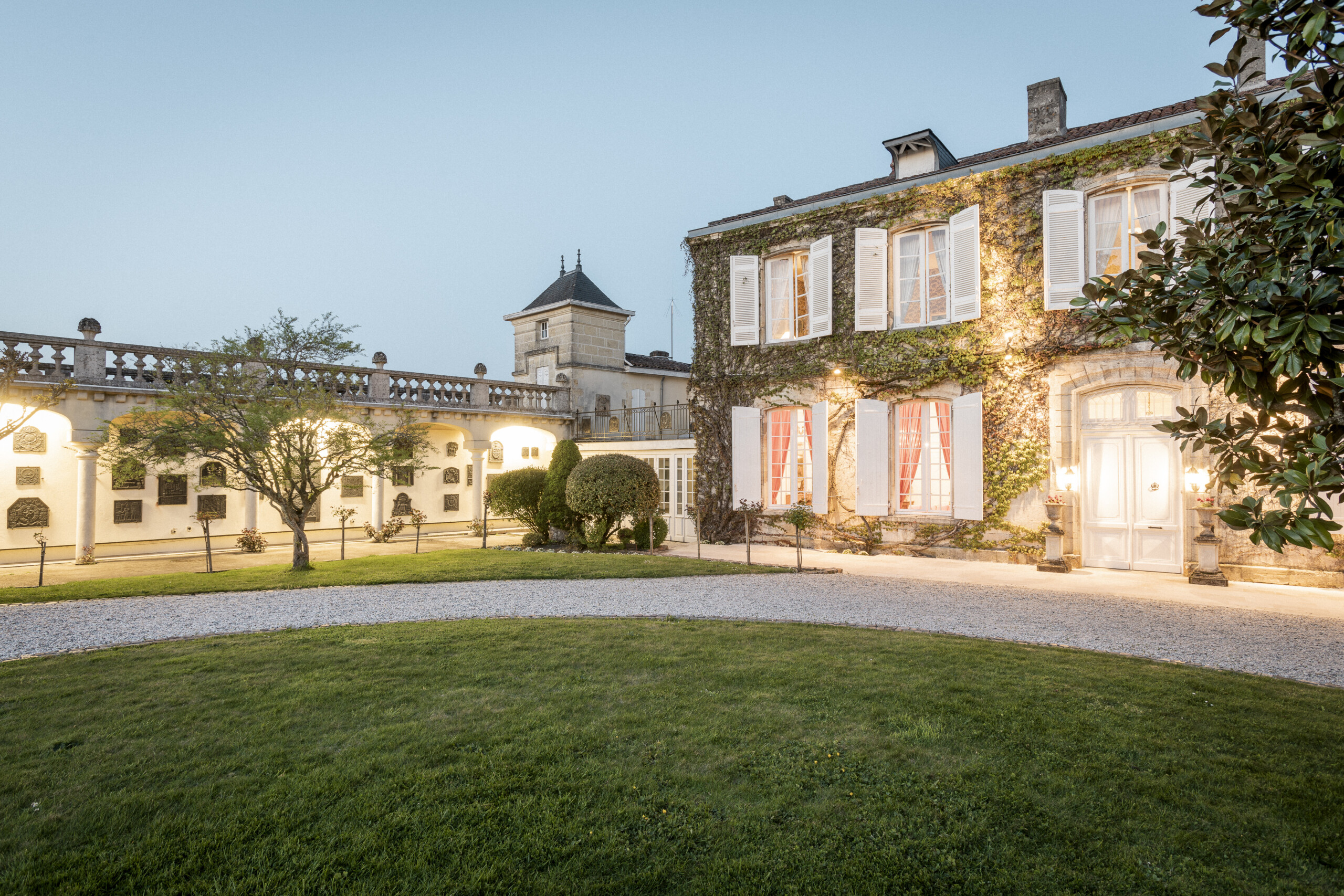
G: What is your policy on commercial releases?
LL: Our initial objective was to sell 85% of the harvest as Primeurs. However, for some time now we’ve decided to keep a certain volume for physical stock. This allows us to show the evolution of our wines and to better illustrate the potential of Prieuré-Lichine over time. At present, we sell 75% of our wines en Primeur. We sell the second wine in the first quarter of the year.
For ready-to-drink wines, I prefer to collaborate with certain market actors on a specific vintage upon request. I’m not convinced of the value of widespread deliverable marketing at the moment. Offering tailor-made solutions seems to me to be more appropriate and helps to strengthen our links with the wine trade.
Favorite bottle of Lise Latrille
G: If you had just one favourite bottle?
LL: In my opinion, the 2022 vintage is the most accomplished bottle in the history of Prieuré-Lichine. It has a little extra soul that the others haven’t yet revealed. The balance is perfect, the wine harmonious. The contours of this vintage emerge like a sketch, imbued with a subtle and inexplicable emotion.
There’s something extraordinary that we don’t talk about enough in Bordeaux. Climate change and the way in which the vineyards are resisting it, despite the increasingly unpredictable vagaries of the weather. When we talk about these issues, we call into question the notion of the supremacy of terroir and its very essence. Yet it is crucial to continue defending this supremacy. Our terroirs, and the 2022 vintage, are proof of this. They have these magical characteristics that allow them to adapt, to regulate themselves and to be able to mitigate excesses, whether in periods of excessive heat or intense cold.
They have this ability to offer something particularly specific depending on the vintage, which makes them exceptional. Like great athletes who, faced with extreme conditions, manage to adapt and excel despite the challenges they encounter.
Gerda BEZIADE has an incredible passion for wine, and possesses a perfect knowledge of Bordeaux acquired within prestigious wine merchants for 25 years. Gerda joins Roland Coiffe & Associés in order to bring you, through “Inside La PLACE” more information about the estate we sell.

